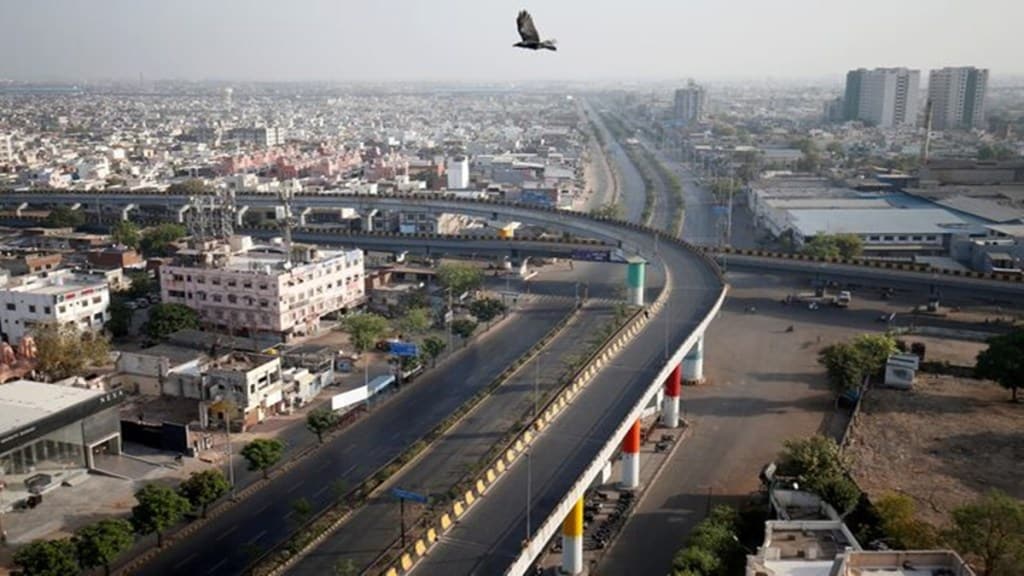The value of new projects announced in the country declined 46% on year and 16% sequentially to Rs 5.2 lakh crore in the September quarter, according to data released by the Centre for Monitoring Indian Economy (CMIE). The Q2FY26 project value was also a five-quarter low, making the wait for a robust investment cycle longer, and its viability somewhat doubtful.
What offers a silver lining is a consistent rise in the share of the private sector in total projects announced in recent quarters – this share was 88.4% in Q2FY26, the highest level since Q3FY11. Besides, some progress was visible in the completion of announced projects, especially in the June quarter.
Sharp contraction in government projects
New private-sector projects contracted 24% on year to Rs 4.6 lakh crore in Q2FY26, while value of new government projects fell by much sharper rate of 83% to Rs 60,000 crore.
The high base of Q2 last fiscal made the year on year fall sharper in Q2 this year. Typically, the March quarter of any fiscal year sees more project announcements compared to other quarters.
Government investment in the second quarter of the current fiscal was the lowest since Q1FY2021, when it was around Rs 70,000 crore. This reflects the limitation of driving capex with government funds, including the surpluses of government-run companies, and the imperative of fiscal consolidation.
To be sure, the value of new projects announced had touched an all-time high of Rs 22.7 lakh crore in January-March 2025 (Q4FY25) on the back of robust private sector projects of Rs 15.2 lakh crore.
Economists pin weakness on global and urban demand
Madan Sabnavis, chief economist, Bank of Baroda, said trade uncertainty caused by the US tariffs may have made investors wary. “We can expect a quick pick up, especially in Q4FY26 as consumption revives sharply in Q3FY26 (on account of GST cuts).”
According to Gaura Sengupta, chief economist, IDFC FIRST Bank, the uncertainty over aggregate demand due to weakness in urban demand and US trade tariff tension has kept private capex on the sidelines. “This is reflected in the weakness in new investment projects.”
Going forward, she says the GST rate cut will provide some support in Q3FY26, boosting consumer durable consumption. “However, for the impact to sustain urban wage growth needs to improve. Given the uncertainty on tariffs, private capex could remain cautious,” says Sengupta.
Projects completed rose 17% on year in Q2FY26, indicating an improvement in activity on the ground. In Q1FY26, projects completed rose a whopping 228% on year, after four straight quarters of contraction.


